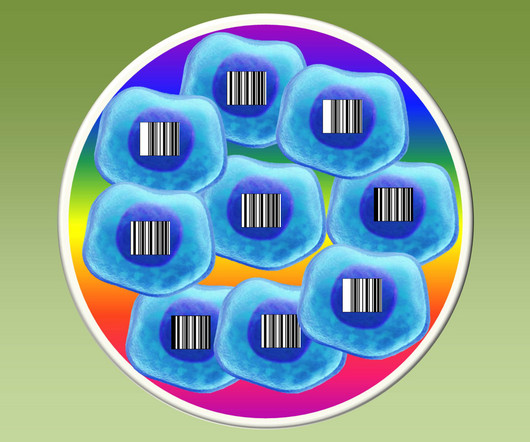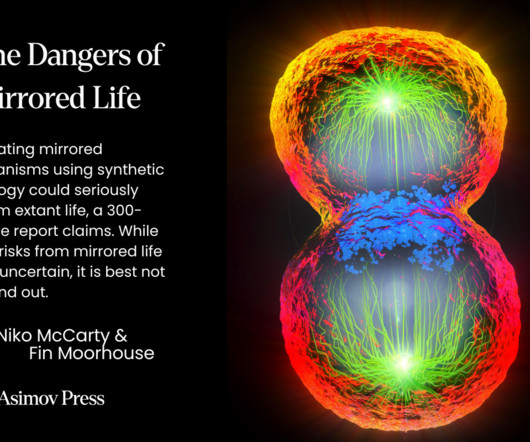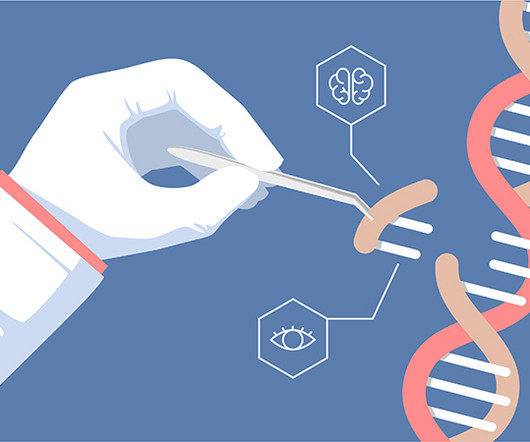A phenotypic screen with Trypanosoma brucei for discovering small molecules that target the SLiM?binding pocket of proliferating cell nuclear antigen orthologs
Chemical Biology and Drug Design
SEPTEMBER 28, 2023
Abstract Proliferating cell nuclear antigen (PCNA) is a homo-trimeric protein complex that clamps around DNA to tether DNA polymerases to the template during replication and serves as a hub for many other interacting proteins. The assay design is to discover bioactive small molecules that restore proliferation in T. brucei



















































Let's personalize your content